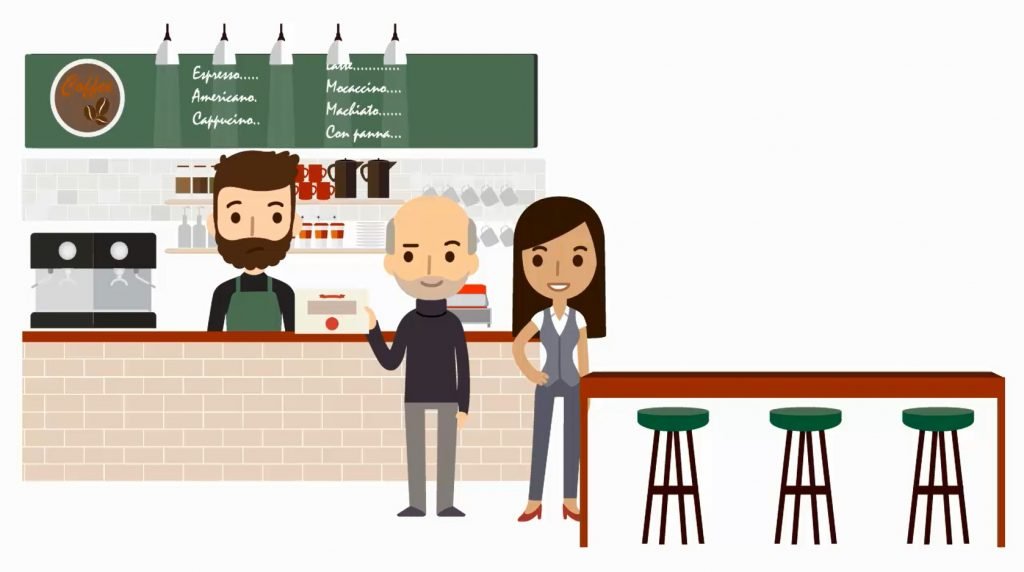Selling your business to an employee ownership trust
How does it work in practice?
The number of companies moving to employee ownership is growing quickly, as is the number of advisers with knowledge in this area. Many company owners are taking this path as a route to ownership succession. Why are they doing it and what’s involved?
Why employee ownership?
For many company owners planning retirement, the starting point is to sell to a third party. While this may work for some, many struggle to find a buyer with the right match of values and culture, and it’s a common concern that their business won’t thrive as part of a larger group. Depending on the sector and business, it can be hard to find a buyer at all.
It’s often in these circumstances that employee ownership comes on to the agenda. Whilst some companies will decide it’s not for them, a growing number are deciding that it’s the best solution. And not only does it address the issues highlighted above, it is far more positive than that. Employee ownership, properly structured, creates a strong platform for future success.
Whilst the tax reliefs associated with employee ownership trusts (see below) may add to their attraction, we see a tendency for companies to self-select on the basis that they feel that employee ownership will be good both for business and employees, with the tax reliefs a bonus.
How does a sale to an employee ownership trust work?
In essence, it involves 5 key steps:
- Company establishes an employee ownership trust (EOT)
- EOT enters into a contract with the current shareholders to buy their shares at a fixed price (based on an independent valuation)
- EOT receives a payment from the company, from the company’s built up cash and profits
- EOT uses this payment to a down payment of purchase price to the selling shareholders
- The rest of the purchase price is paid in instalments, funded by further payments from the company to the EOT
Naturally, there will be plenty of detail behind this to think about, for example who will be the trustees, and what will be the terms of the purchase contract.
What’s involved in practice?
For an company owner, a preliminary stage will be evaluation– is employee ownership the right solution for us? This involves an honest appraisal of the pros and cons, understanding how it all works and the people issues (see below). We also recommend that you talk to other companies that have become employee-owned and go to one or two events run by the Employee Ownership Association www.employeeownership.co.uk
A company which then chooses employee ownership is likely then to go through two main stages:
Design: how is employee ownership to be structured, how will employees be engaged in the process, how are the retiring owners’ shares going to be paid for?
Legal Implementation: production and signing of all the legal documents, including trust deed and share purchase contract
What are the people issues?
Thinking carefully about these is essential. Questions to think about include:
- How can the employees be successfully engaged in becoming owners?
- Support from the company’s leadership will be key: how will this be addressed?
- Are the retiring owners going to remain involved in running the business? If not, will they be able to let go?
What are the tax reliefs?
For the sellers: Where an EOT acquires control of the company, the sellers can claim a full exemption from capital gains tax
For the employees: employees of a company controlled by an EOT can be paid an income tax free bonus each year (maximum £3600 per employee)
How do I find out if it might work in our company?

To explore how employee ownership could work for your company, call me on 020 3818 9420.

